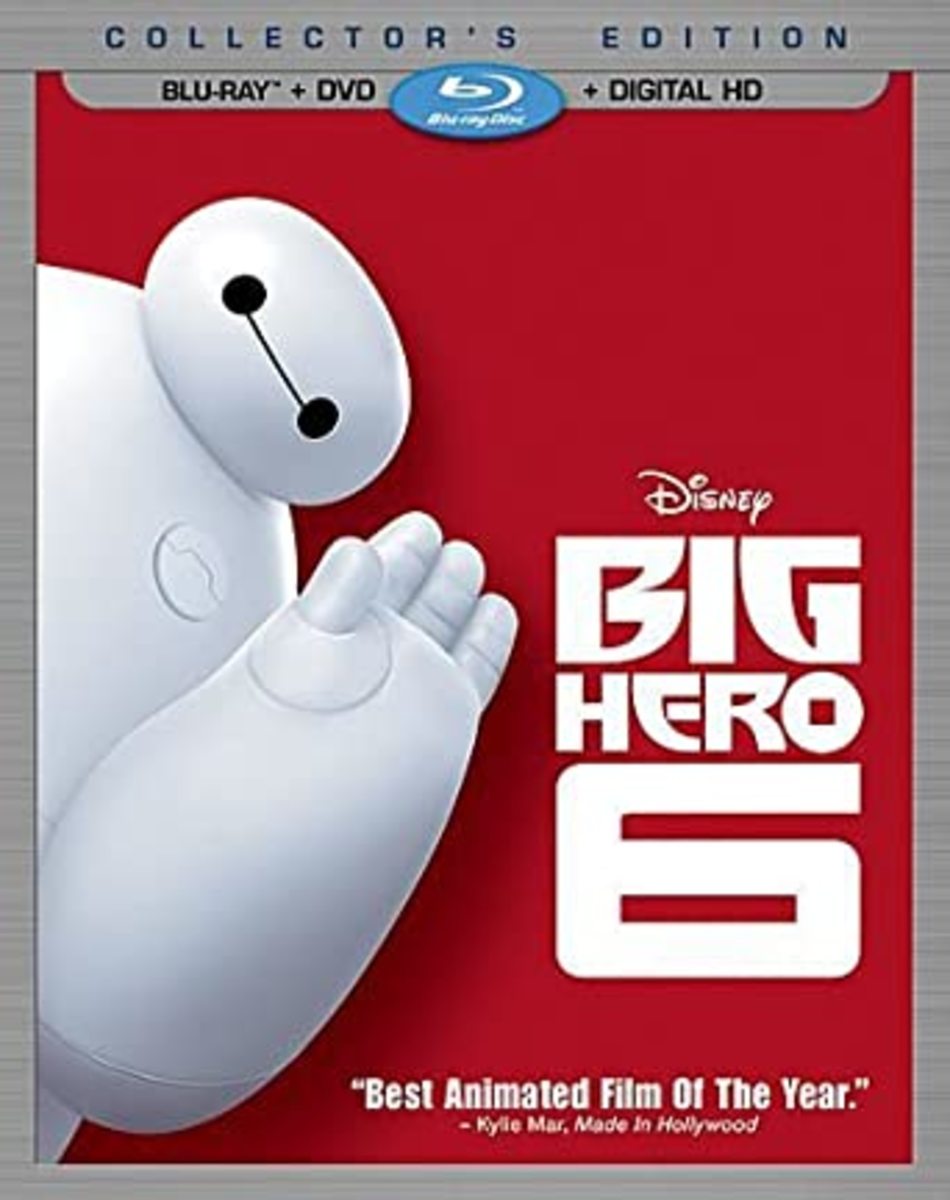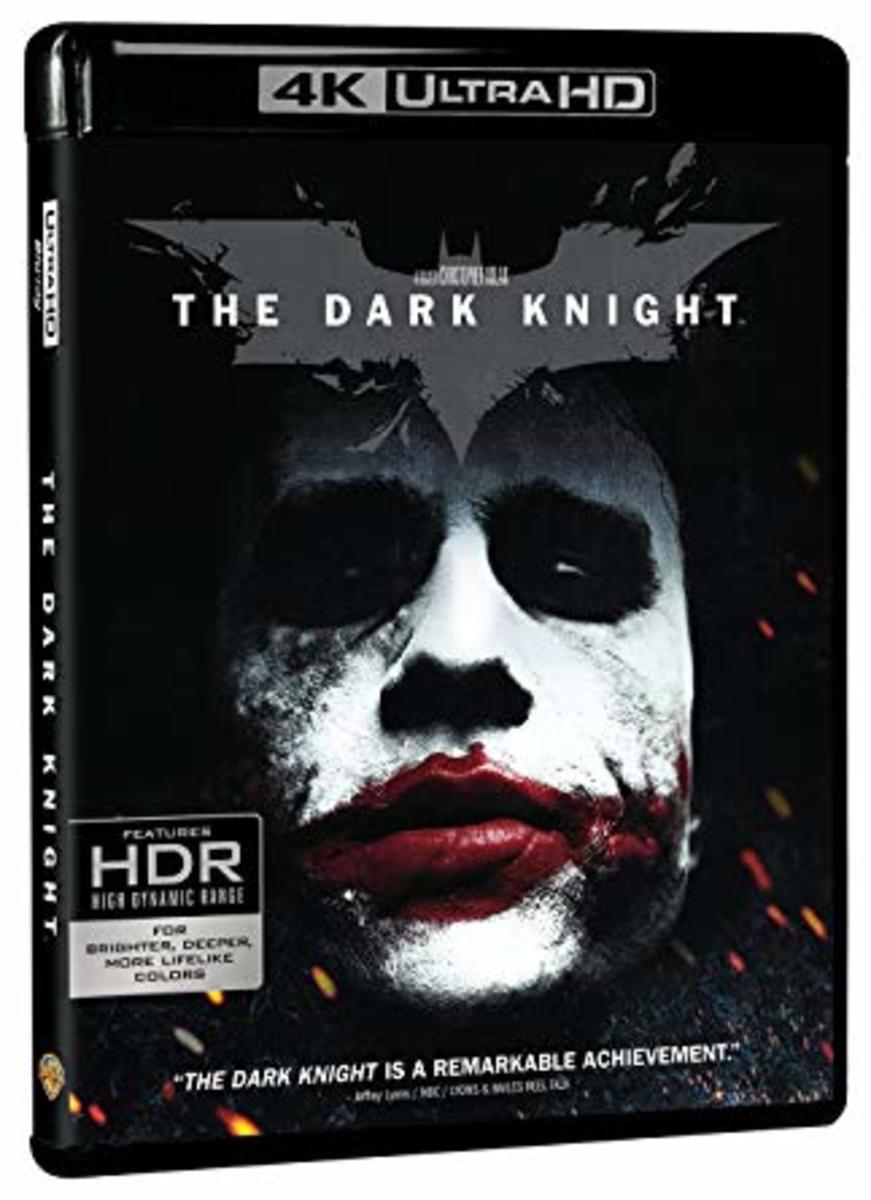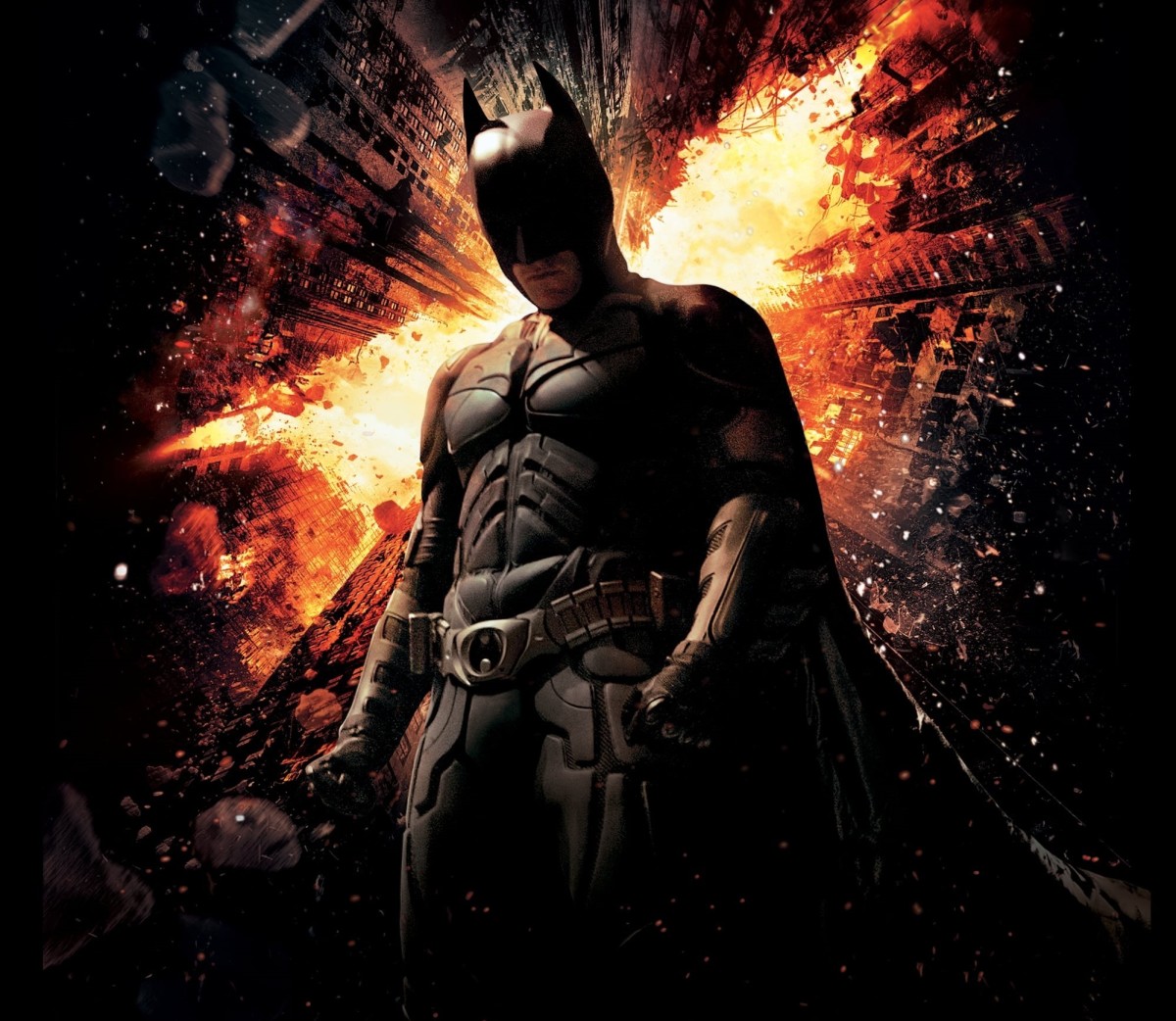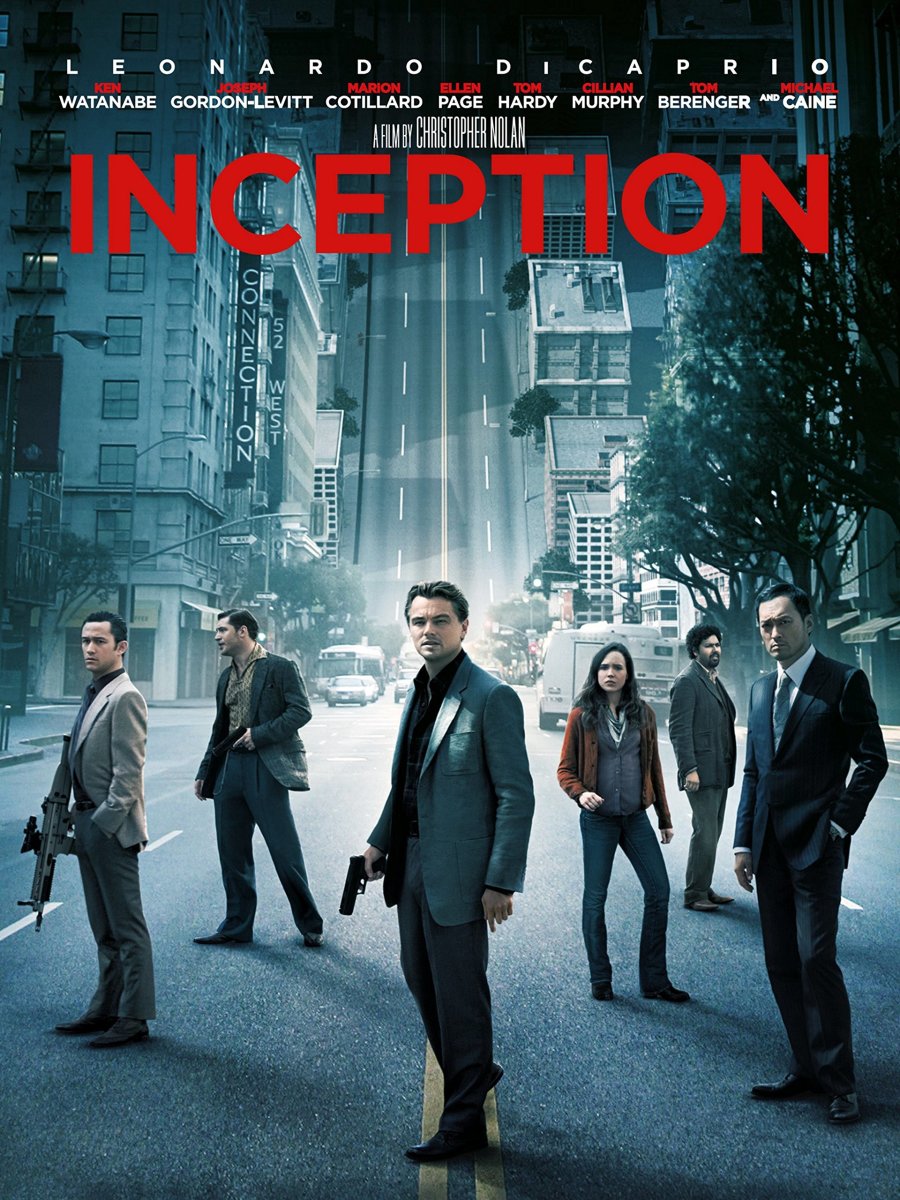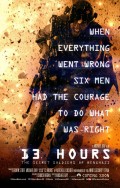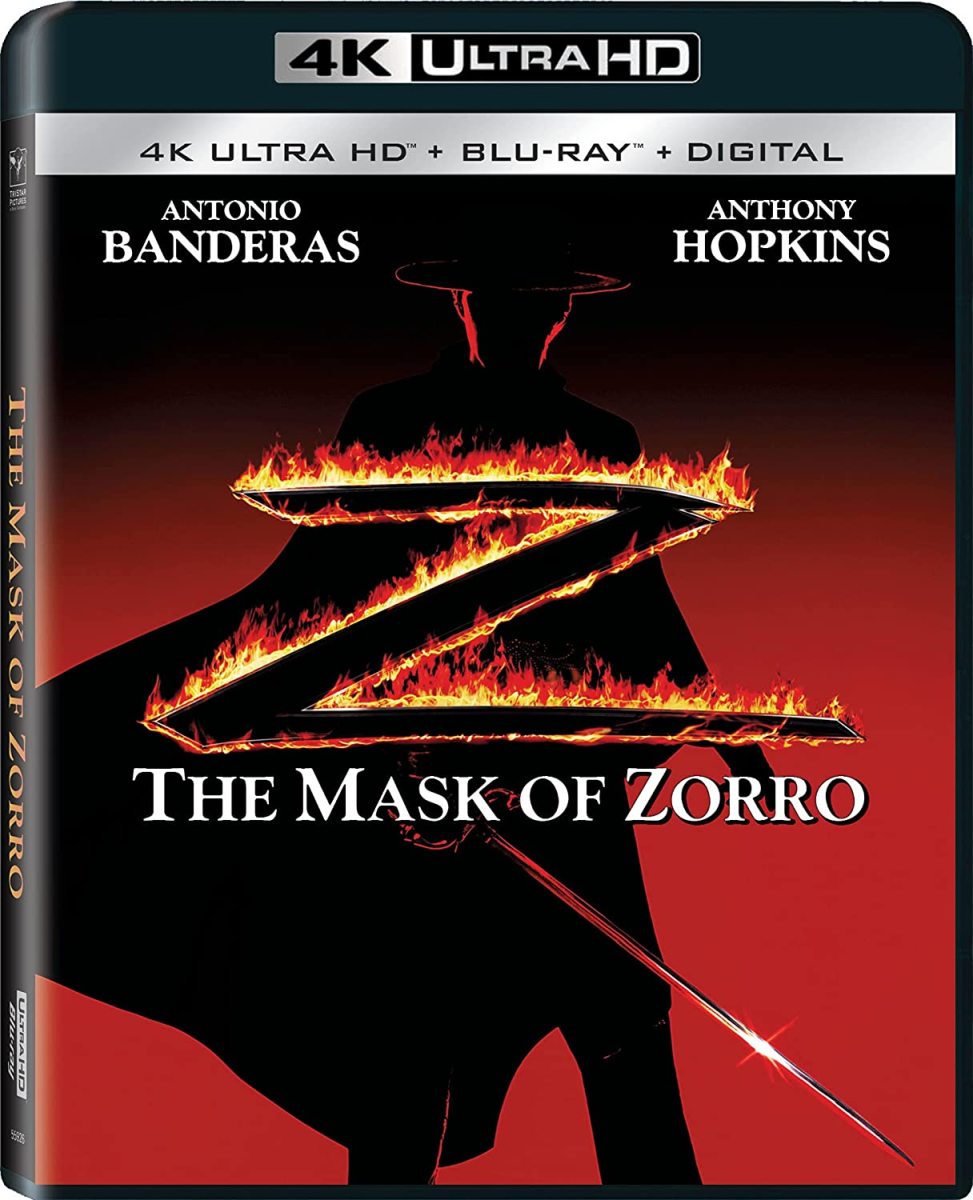Batman Begins – How to Create a Hero, a Movie Review
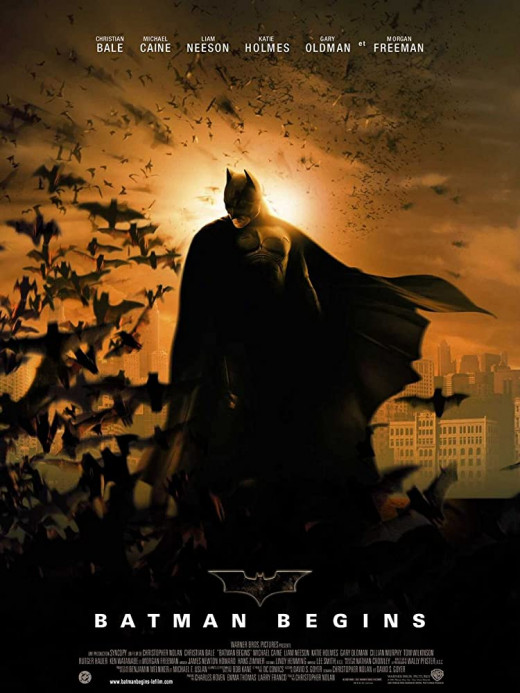
The hero we deserved and needed right now
The director’s debut movie in what would become a highly successful trilogy marks an essential shift inside the superhero genre. If other superhero movies exploit the notion of the ‘hero’, transforming it into an almost unstoppable force of righteousness (many Marvel movies come to mind but there are other entries into the DC Universe which suffer from the same flaw).
Nolan’s Batman is more than a revival of a beloved character, it presents itself as a more grounded exercise on the means of morality and what it means to be a hero. Captain America: Civil War tried the same thing and, in some regards, succeeded. It’s an entertaining movie, it does open our appetite for some meditative issues regarding right and wrong, but it nevertheless remains frail in comparison. It does hold a much richer substance than its counterparts but its conflict remains stale, its themes are permanently shouted and not evoked through a transformation of the character. This evolution of the hero is what makes Christopher Nolan’s Batman a unique cinematic experience. Here we are faced with a character which not only begins but which marks an entire shift in its universe.
The movie has its flaws, but Nolan manages to construct and represent Gotham’s universe and soul with an alchemical force. He blends the source material with reality to mark the genesis not of another Homeric hero, but a unique kind of anti-hero.
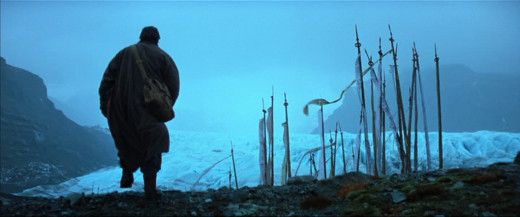
How to develop the story – “Why, Bruce? Why did you not avenge your parents?”
In terms of story construction, Christopher Nolan knows how to retain the attention of his audience. We get engaged in Batman’s mission because the story always develops around him. Every decision of the main character is logically and intrinsically linked to the next chapter of the story. The story, although less ambitious in its narrative structure than say, Memento or Inception, is extremely well executed. Nolan’s sense of direction infuses the film with coherence. We are never left baffled by the dynamic of its evolution. Acts follow each other with attention to logic, to structure. In this regard, the movie is far superior to its other superhero equivalents. The director’s oratorical efficiency and aptitude cannot be disputed here. It’s a very well-made movie, following a crisp narrative. If in the beginning, we see a pathos fueled Bruce Wayne, in the end, we witness a Faustian elevation, a formed Batman.
The first act of the movie revolves Bruce’s training under the supervision of Ra’s al Ghul. It is here that we get our first notion of the meaning of justice. Far Ra’s justice can translate into revenge. Bruce learns to overcome his fears, to master his senses. The act ends with our main character rejecting the way of the League of Shadows and denouncing their practices. His refusal to kill sparks the conflict which ends in Ra’s apparent death. The second act follows the taking down of criminal kingpin Carmine Falcone. We are told at the beginning of the film that he is the one directly responsible for the corrupt nature of the city. The criminal ethos of Gotham will mark the fight for the city’s soul and the beginning of the final act. Bruce once again rejects Ra’s al Ghul’s proposal to stand alongside him which sparks the final battle told many times before between disciple and master. The whole story revolves around this refusal and it does so to further illustrate Batman’s commitment to a pure form of justice, one which is impersonal, that escapes the shadow of vengeance.
Christopher Nolan manages to hit all the right notes for this DC symphony. Coupled with Wally Pfister’s beautiful cinematography and Hans Zimmer score, we feel that this indeed is the Batman movie we deserved after so many failed attempts. There are not many scenes that showcase Batman’s combat prowess (we mainly see his stealthy and deceptive inclination), but an extremely relevant one happens in the first act, the ice training scene with Ra’s al Ghul. We see a taunting by the master, the ice also symbolizing Bruce’s mental fragility. The scene poetically rhymes with their final battle, surroundings now made the disciple getting the better of his master. Wally Pfister’s beautifully helps Nolan envision his artistic ideals. The ice training scene in the first act is particularly noteworthy for its conclusion. We see two contrasting color pallets here as the characters talk by the fire. This decision of light usage is cinematically and thematically efficient. By contrasting light and shadows, Pfister’s warm and blue palette preambles their eventual divergence and their current fondness of each other. Bruce is not only Ra’s al Ghul’s best student, at this time we come to think that maybe he sees in him his successor.
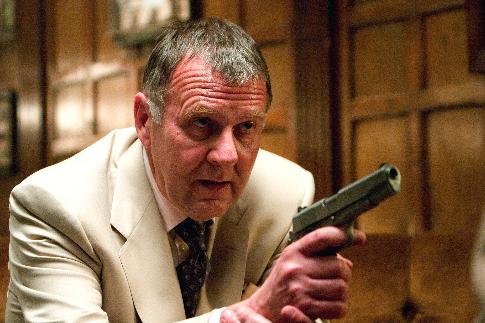
Conflict and characters – the many uses of fear
Another aspect that makes the story engaging is its conflicting characters. We see a quadrilateral movement between our hero and its three antagonists. The story benefits from these multiple conflicts because it offers us a more in-depth look and understanding of the theme of the movie, ‘fear’. Falcone uses fear through corruption and brute strength, Crane utilizes it more subtly, opting for its psychological component. Ra’s al Ghul employs fear as a rain of justice. He represents an equalizing, Newtonian force. For every action, there is an equal and opposite reaction. Batman’s approach does not translate into this universal uniformity. Justice is not about equivalency, it’s about harmony. If the first two characters utilize fear for selfish purposes, the latter use it altruistically. Ra’s is almost a Machiavellian construct, the means justify the ends, whereas Bruce Wayne represents a more deontological approach. By creating this quadrilateral conflict between its characters, Nolan can freely explore the different ramifications of his theme.
The choice of actor is in most part great. Never have we seen a better Bruce Wayne nor Batman. Liam Neeson as Ra’s al Ghul gives a stellar performance as the romantic outcast aiming at the heart of those who wronged him. He is the more complex antagonist, the other two, through their approach and final means, only stand there to grant him his superiority. They represent chapters that Batman must overcome in his heroic evolution. In Batman Begins Christian Bale offers us the best Batman up to date. Rachel’s character, on the other hand, has the value of an alarm clock reminder. She never feels like more than Bruce’s true intentions shout high above from the night sky. She is an underdeveloped character, with limited potential to our appeal. She is a bracket, a parenthesis of the movie’s main theme but nothing more. Katie Holmes doesn’t help either. Trying to instill sensibility to her character, she manages only to pull a glacial cardboard interpretation. Her involvement in the scene more often than not makes us look at her with austerity. This is not the case with the rest of the supporting cast. Michael Caine is remarkable at representing a foundation for Bruce’s psychological well-being and Gary Oldman shines as one of the few remaining honest cops in Gotham city.
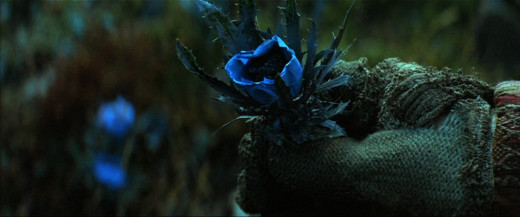
Seeking to find the means
Batman’s mission to rid Gotham of crime is ultimately futile. His purpose is set against an aspect of human nature that cannot be corrected. Despite this, or maybe even because of this, his heroic nature is so deeply impregnated into us. Batman’s heroic nature lies not in its resolution, but in the act itself. For him to live is to strive, for him meaning is not an end but a perpetual exercise in this futility. Like Ra’s, he also embodies some of the characteristics of the romantic hero. Like Goethe’s Faust, “He who strives on and lives to strive/ Can earn redemption still.” He abandons society not to denounce it in the end, but to offer it an, although temporal, nevertheless needed solution. We can’t say that at any time do we feel a sense of danger surrounding Batman. His villains serve a narrative purpose, they are there to set the tone for Batman’s evolution. Having this said, the lack of an equal antagonist is not a minus, but a taunt by Christopher Nolan. We are not completely satisfied and this is intentional. We are left with an augmented Batman, and eager to see his newfound mental fortitude put once again at the test.
Rating 4/5
© 2020 Claudiu Ursu

